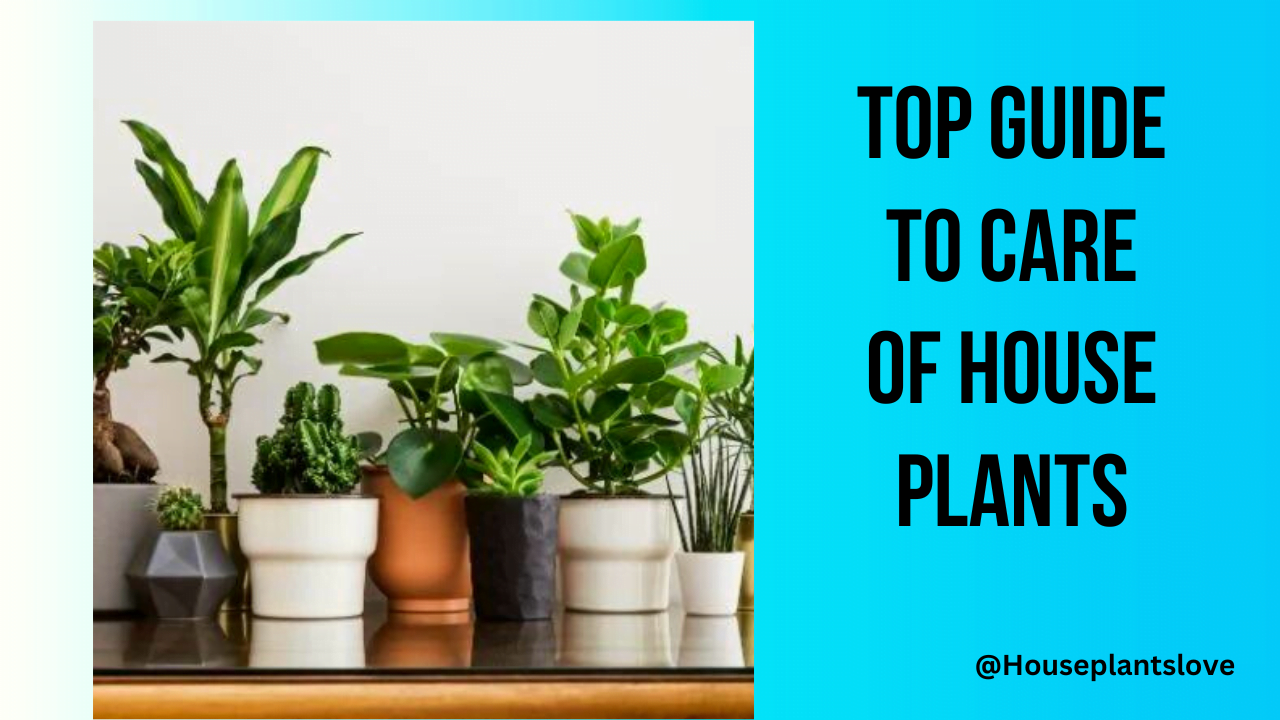How to spot and remove spider mites from Your Garden Effectively Complete Guide
Spider mites can be a nightmare for gardeners, but with the right knowledge and techniques, you can keep your garden healthy and free from these pesky pests. In this article, I will share effective tips for identifying, preventing, and controlling spider mites. Whether you have an indoor or outdoor garden, these strategies will help you combat spider mite infestations and keep your plants thriving.

Key Takeaways:
- Spider mites are tiny, destructive pests that feed on plant fluids and can cause leaves to turn yellow, dry up, and drop off.
- Regular inspection of plants is crucial in preventing spider mite infestations.
- Natural methods such as introducing beneficial insects and using horticultural oils can effectively control spider mite populations.
- Spraying plants with a nozzled hose and releasing natural predators are effective treatments for spider mites.
- If infestations are severe, miticides can be used as a last resort.
You can also read about Houseplant Pests and How to Treat and Prevent Them
What are Spider Mites?
Spider mites are a type of arachnid belonging to the Tetranychidae family. These tiny pests, smaller than the head of a pin, are closely related to spiders, ticks, and scorpions. With over 1600 species, the two-spotted spider mite and red spider mite are the most common types found.
Spider mites feed on the underside of leaves, piercing the leaf tissue and sucking up plant fluids. This feeding behavior can cause significant damage, leading to yellowing, drying, and eventual dropping of leaves. These pests are particularly prevalent in hot and dry conditions, especially when their natural predators are absent.
To identify spider mites, look out for the fine silk webbing they produce, which can be seen under leaves and along stems. These pests reproduce rapidly, with each female laying hundreds of eggs. If left untreated, a spider mite infestation can quickly spread to other plants.
What are Spider Mites?
| Family | Species |
|---|---|
| Tetranychidae | Two-Spotted Spider Mite |
| Tetranychidae | Red Spider Mite |
Spider mites belong to the arachnid family Tetranychidae, which also includes spiders, ticks, and scorpions. These tiny pests, measuring smaller than the head of a pin, can cause widespread damage to plants by feeding on their fluids. With over 1600 species of spider mites, the most common types found are the two-spotted spider mite and red spider mite. These pests reproduce quickly and can infest plants in hot and dry conditions if left uncontrolled.
Identifying Spider Mite Damage
Spider mite damage can have a detrimental effect on plants, so it’s important to be able to identify signs of infestation. While these tiny pests can be difficult to spot with the naked eye, there are some telltale signs to look out for. The first indication of spider mite damage is the presence of small yellow or brown spots on the leaves. These spots may initially be mistaken for nutrient deficiencies or general plant stress. However, as the infestation progresses, the leaves may start to curl, turn crispy, or even fall off.
In addition to yellow spots and curled leaves, another clear sign of spider mite damage is the presence of webbing. Spider mites produce fine silk webbing that can be seen underneath leaves and along stems. The webbing serves as a protective shelter for the mites and can often be found in clusters. When inspecting plants for spider mite damage, it’s also helpful to lightly shake the leaves over a piece of white paper. Any tiny specks that fall onto the paper may indicate the presence of these pests.
It’s important to note that spider mite damage can easily be mistaken for other issues, such as drought stress or nutrient deficiencies. Regularly checking plants for spider mites and being aware of the signs of their damage can help you take immediate action to protect your garden.
Table: Signs of Spider Mite Damage
Signs of Spider Mite Damage
- Small yellow or brown spots on leaves
- Curled, crispy, or falling leaves
- Tiny specks fall onto paper when leaves are shaken
- Tiny specks fall onto paper when leaves are shaken
Preventing Spider Mite Infestation
To keep your garden free from spider mite infestation, it is crucial to implement preventive measures. Regular inspection and proper watering techniques are key to maintaining a healthy environment for your plants.
Regular Inspection
Regular inspection is essential in identifying early signs of spider mite presence. Using a magnifying glass or 10x hand lens, carefully examine the leaves for any yellow or white spots. Pay close attention to the undersides of the leaves, as spider mites often hide there. If you spot any signs of infestation, take immediate action to prevent further spread.
Proper Watering Techniques
Watering your plants properly is another crucial aspect of spider mite prevention. Avoid overwatering, as excessively damp conditions can create an ideal environment for spider mites to thrive. On the other hand, underwatering can weaken plants, making them more susceptible to infestations. Find the right balance by watering your plants thoroughly but ensuring proper drainage to prevent waterlogging.
You can also read Top 12 Must-Have Houseplant Care Accessories for Every Indoor Plant
Additionally, consider using a drip irrigation system or a soaker hose to water your plants at the base. This method helps keep the foliage dry, making it less attractive for spider mites to settle and reproduce.
| Preventive Measures | Benefits |
|---|---|
| Regular inspection | Early detection and prompt action |
| Proper watering techniques | Optimal plant health and reduced risk of infestation |
| Use of insect-repelling plants | Natural deterrents for spider mites |
By implementing these preventive measures, you can significantly reduce the risk of spider mite infestation in your garden. Regular inspection will allow you to catch any signs of infestation early on, enabling you to take immediate action. Proper watering techniques will create an environment less favorable for spider mites, reducing their chances of colonization. Remember, prevention is always better than having to deal with a full-blown infestation.
Natural Methods for Controlling Spider Mite Infestation
When dealing with a spider mite infestation in your garden, it’s important to opt for natural control methods that are effective and safe for the environment. These methods not only help eliminate spider mites but also preserve beneficial insects and prevent resistance to pesticides. Here are some natural approaches you can take to control spider mite infestations:
1. Beneficial Insects
Introducing beneficial insects into your garden can be an effective way to control spider mite populations. Ladybugs, lacewings, and predatory mites are natural predators of spider mites and can significantly reduce their numbers. These insects feed on spider mites and their eggs, helping to keep their population in check. You can attract these beneficial insects by planting pollen and nectar-rich flowers or by purchasing them from garden supply stores.
2. Horticultural Oils
Horticultural oils, such as neem oil or dormant oil, can be used to suffocate and kill spider mites. These oils work by coating the mites and their eggs, disrupting their respiratory system and causing their death. To use horticultural oils, follow the instructions on the product label and apply them thoroughly to the infested plants. This method is best used during the dormant season or when temperatures are below 90°F to avoid plant damage.
3. Strong Water Spray
A strong stream of water can help dislodge and remove spider mites from plants. Use a hose with a nozzle attachment to spray the plants, targeting the undersides of the leaves where spider mites tend to hide. This method is most effective when done consistently and can be especially useful for smaller infestations or as a preventive measure.
By implementing these natural spider mite control methods, you can effectively manage and reduce the impact of spider mite infestations in your garden without resorting to chemical insecticides. Regular monitoring and early intervention are key to preventing the spread of spider mites and protecting the health and vitality of your plants.
You can also read about How to Get Rid of House Plant Flies (Fungus Gnats) Effectively
Effective Spider Mite Treatment
When it comes to treating spider mites, there are several effective methods that can help you reclaim your garden. One approach is to use a nozzled hose to spray your plants, using the force of the water to dislodge and remove the spider mites. This technique is especially useful for small infestations and can be done regularly to keep the population under control.
Another natural and eco-friendly option is to introduce natural predators into your garden. Ladybugs and lacewings are voracious eaters of spider mites and can help reduce their numbers. You can purchase these beneficial insects from garden centers or online suppliers and release them onto your infested plants. They will feast on the pesky spider mites and help restore the balance in your garden.
If the infestation is more severe, you may need to turn to insecticidal oils. Neem oil and dormant oil are effective options that suffocate and kill spider mites without harming beneficial insects. These oils should be applied according to the instructions on the product label and can be a powerful tool in your fight against spider mites.
In extreme cases, when other methods have failed, a miticide can be used as a last resort. However, it’s important to exercise caution when using miticides, as they can be harmful to humans, pets, and the environment. Always follow the instructions carefully and use protective gear when applying these chemical treatments.
You can also read about Jade Plant Grow and Care
FAQ
What are spider mites?
Spider mites are tiny arachnids that belong to the same group as spiders, ticks, and scorpions. They are smaller than the head of a pin and can produce fine silk webbing.
How can I identify spider mite damage?
Look for small yellow or brown spots on the leaves, curled leaves, and webbing under leaves and along stems.
How can I prevent spider mite infestation?
Regularly inspect your plants for signs of spider mites, water plants properly to avoid water stress, and ensure they receive adequate moisture.
How can I control spider mite infestation?
Prune infested parts of plants, spray plants with a strong stream of water to dislodge spider mites, introduce beneficial insects, or use horticultural oils or botanical insecticides.
What are effective treatments for spider mites?
You can spray plants with a nozzled hose, release natural predators, use insecticidal oils, or use miticides for more aggressive control.




